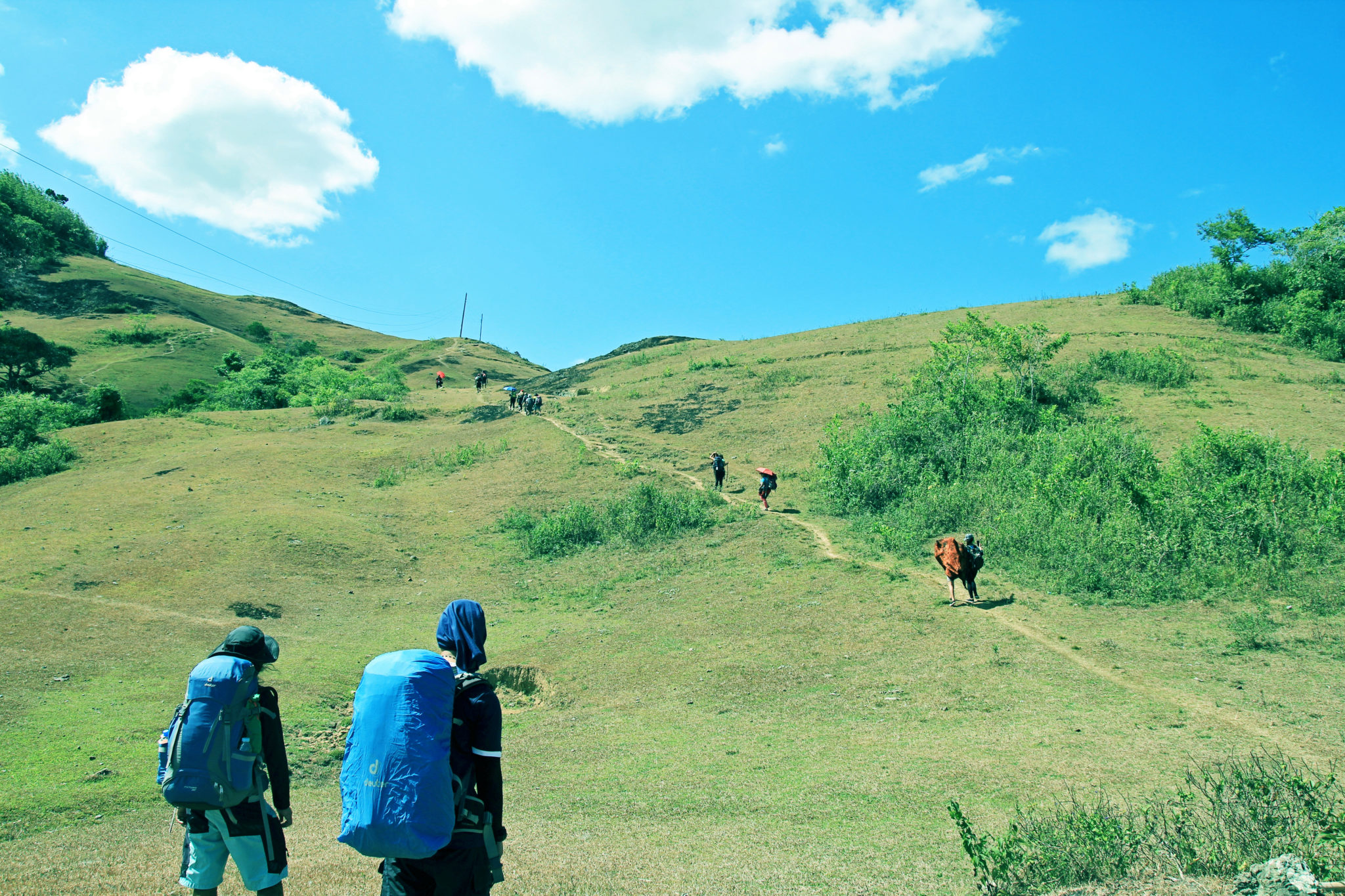TRAIL TWEAKS: LEAVE NO TRACE PRINCIPLES

“Leave nothing but footprints, Take nothing but pictures, Kill nothing but time, burn nothing but calories”. – Leave No Trace Principles
With the rising popularity of backpacking and trekking as a trend, the beautiful places, the mountains around the world are being flocked by numbers of people all year round. Tourists are drawn to the mountains for their pristine beauty, purity, remoteness, ruggedness, and the unique challenges they present.
These beautiful earth is our home, and it can sometimes be challenging to practice the Leave No Trace Principle. The ever difficult challenge is to maintain the natural beauty of the wilderness and the areas that are yet to be explored. As an advocate of responsible tourism and as an LNT Warrior, we should be willing to sacrifice even little deeds for the preservation of these places that we can call our home.
We believe that given the proper information most people will do all they can to help protect and maintain the environment. Spending time spreading and teaching the environmentally appropriate Leave No Trace principles and practices can really be a fulfilling objective. There is nothing more beautiful than working hard to get high into the mountains, lay eyes upon on a pristine campsite, witness the breath-taking views and have the feeling that no one has been there before.
There is nothing more disappointing than working hard, beating your ass off to climb a mountain, endure a leg-breaking trek just to reach a site and all you can see are trash, food waste and/or toilet paper. So it is my turn now to spread the awareness by letting you read the seven Leave No Trace Principles below.
These are the 7 Leave No Trace Principles
1. Plan ahead and prepare.
Before your trip or wherever you will be going, define your itinerary beforehand. Not necessarily a super detailed one, but at least have a draft. Trust me, this will save you from a lot of trouble.
For mountaineers, plan ahead your route, determine the possible dangers along the trail, and know the forecast and the regulations to be followed in executing your planned trip. Prepare yourselves for extreme weather and always strategize. Know ahead what the essentials to bring are based on the itinerary drafted. Be prepare to call the trip off when uncontrollable circumstances occurs.
2. Travel and camp on durable surfaces.
This is one of the principle that will be overlooked by few. It is really important that when having activities like trekking / camping, everyone should focus the activities on durable surfaces. These includes but not limited to, established trails and inorganic soil, etc. It is also important to practice not to trample vegetation.
For everyone’s safety, the group must establish a route map when trekking taking into consideration the safety of everyone. This route map should incorporate the Leave No Trace principle. Also, it is really important that the planning of this route map is with the idea that others will follow.
When at camp, use established campsites and minimize your impacts in pristine areas.
3. Dispose of waste properly.
Pack It In, Pack It Out. Pack out everything you brought in with you. These includes garbage, trash, and extra fuel. Please do remember that trashes left at high altitude or in ravines does not biodegrade. Whenever possible, remove others’ superfluous waste from the mountain.
4. Leave what you find.
Leave all what you’ve find that belongs to the mountains. These includes but not limited to rocks, plants, animals and historical or cultural artifacts as you find them.
5. Minimize campfire impacts (be careful with fire).
Always carry a lightweight camp stove. Making fires in the mountains and during expeditions are generally inappropriate.
6. Respect wildlife.
Never feed wildlife or leave food behind for them. Do observe them only from a distance. Do not approach or try to follow them. It is everyone’s duty to protect wildlife. Do not let the wild animals eat your food by storing supplies and trash securely.
7. Be considerate of other visitors.
It is best to communicate and cooperate with other teams even if you don’t really know each other. Take rest breaks off the route, away from other campsites, and on a durable surfaces.
Give way to other few climbers or trekkers especially when you are in a large group.
More importantly, let nature’s sounds prevail. Keep your voices to a minimum and avoid unnecessarily clustering campsites whenever possible.
That’s it! Now you know the 7 Leave No Trace Principles . It is up to you now. It is for you to decide whether to practice these principles by heart wherever you’ll go. It’s up to you what would be your decision, whether you’ll be part of the problem or be the solution.
Have you been practicing these Seven Leave No Trace Principles? Let me know your thoughts by leaving a comment below.








Most people do not have any idea about these principles which makes this post really important. Great job for posting this.
Most of these principles are often overlooked. Most people tend to be overwhelmed and forgot that there are law of the mountains 🙂
This does not only apply to the mountains. Every person needs to know these things if they have plans of visiting places. You should spread this out!
I really do not subscribe to this principle hehehe. I want to leave a trace. I want to leave it better.
This is an awesome principle though for majority to follow because most of the time we leave places worse.
Actionable tips to have a good life camping in the mountains. Duly noted. Thanks, AJ!
The very first sentence or quote pretty much says it all, and what a great way to summarize the whole point of this post. We really have to pay attention and be mindful of our surroundings and how we interact with it. Here’s to more responsible camping by more people!
Thankfulness to my father who shared with me concerning this weblog, this web site is actually remarkable.